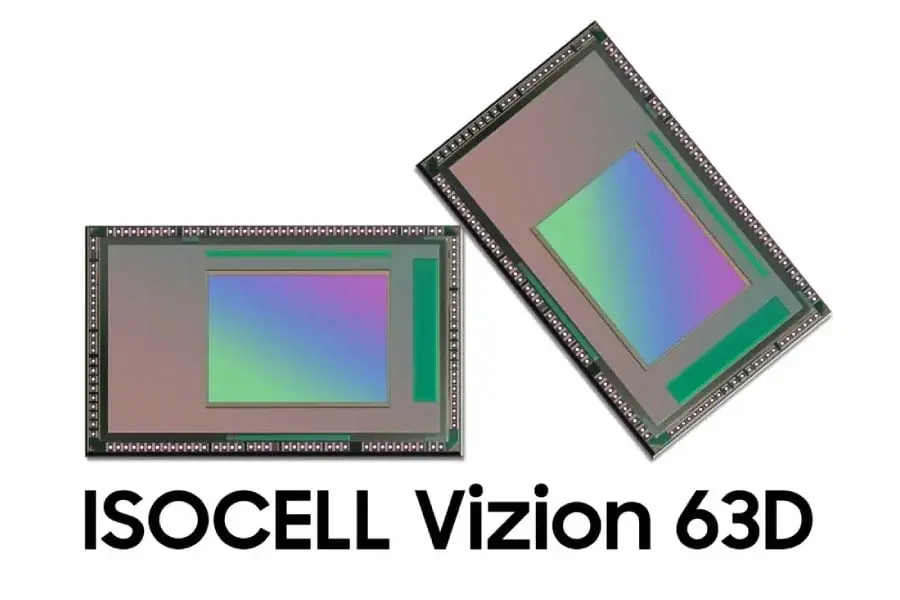Samsung Releases Two New Sensors for AR, VR, and Smartphones
Samsung has recently announced the launch of two new sensors, the ISOCELL Vizion 63D and ISOCELL Vizion 931, which are specifically designed to enhance the experience of Augmented Reality (AR), Virtual Reality (VR), and smartphones. These sensors offer unique capabilities that address various challenges in capturing images and depth data, promising improved virtual and augmented experiences.
ISOCELL Vizion 63D: High-Precision 3D ToF Sensor
The ISOCELL Vizion 63D is a 3D Time-of-Flight (ToF) sensor with a 1/6.4-inch sensor size and 3.5µm pixels. This sensor is capable of measuring depth and distance with high precision. It can capture QVGA (320×240) images at 30fps and VGA (640×480) videos.
One notable feature of the ISOCELL Vizion 63D is its integrated depth-sensing Image Signal Processor (ISP). Unlike previous models, this sensor eliminates the need for a separate chip, resulting in a 40% reduction in power consumption. Additionally, it utilizes Backside Scattering Technology, which ensures high light absorption and low noise for improved image quality.
The sensor offers two modes: flood and spot. The flood mode prioritizes resolution at shorter distances, while the spot mode increases the range at the expense of resolution. This flexibility allows users to optimize the sensor’s performance based on different scenarios.
ISOCELL Vizion 931: Global Shutter Sensor
The ISOCELL Vizion 931 is a global shutter sensor that captures entire scenes at once, unlike rolling shutter sensors that scan line by line and may introduce motion blur. With a resolution of 640×640, this sensor is particularly suitable for applications such as iris recognition, eye tracking, and facial/gesture detection in XR headsets.
One of the standout features of the ISOCELL Vizion 931 is its industry-leading quantum efficiency for infrared light wavelength, resulting in sharper images. Additionally, this sensor simplifies circuit design and saves space by allowing the connection of four cameras using a single wire.
Future Applications and Testing
Both sensors, the ISOCELL Vizion 63D and ISOCELL Vizion 931, are currently undergoing testing by device manufacturers. Samsung plans to incorporate these sensors into their upcoming mixed-reality headset and other AR/VR devices. The improved accuracy, efficiency, and image quality offered by these sensors hold great promise for enhancing the capabilities of AR, VR, and smartphone technologies.
Pricing and Availability
Samsung has not yet announced the pricing and availability details for the ISOCELL Vizion 63D and ISOCELL Vizion 931 sensors. Interested users will have to wait for further updates from the company regarding the release of these sensors to the market.
In conclusion, Samsung’s latest sensors, the ISOCELL Vizion 63D and ISOCELL Vizion 931, are set to revolutionize the AR, VR, and smartphone industries. With their advanced features and capabilities, these sensors promise to enhance the overall user experience and open up new possibilities for future applications in the world of virtual and augmented reality.


Leave a Reply